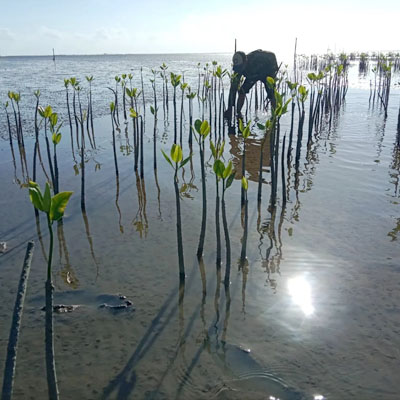Climate justice is a framework that addresses the unequal impacts of climate change, ensuring that vulnerable communities and future generations are not disproportionately affected, and that climate action is fair and equitable.
It connects the climate crisis to social, racial, and environmental issues, recognizing that marginalized and low-income populations bear the brunt of climate change despite contributing the least to the problem.
Key aspects of climate justice:
Equity:
Climate justice aims to ensure that the burdens and benefits of climate change are shared fairly. This includes ensuring that those most vulnerable to climate change have the resources and support needed to adapt and mitigate its effects.
Human Rights:
Climate justice is rooted in the understanding that climate change threatens basic human rights, such as the right to life, health, food, water, and housing.
Historical Responsibility:
Climate justice acknowledges that historically, wealthier nations have contributed more to climate change, and therefore have a greater responsibility to address it and support vulnerable populations.
Fairness in Decision-Making:
Climate justice calls for the involvement of marginalized and vulnerable communities in the decision-making processes related to climate action.
Intersectionality:
Climate justice recognizes the intersection of climate change with other social injustices, such as racism, poverty, and inequality.
Advocacy and Policy Change:
Climate justice advocates for policy changes that promote equitable solutions to climate change.
Examples of climate justice in action:
Supporting vulnerable communities:
Providing resources and support for communities most affected by extreme weather events, sea-level rise, and other climate impacts.
Promoting just transitions:
Ensuring that workers and communities reliant on fossil fuel industries are supported during the transition to a low-carbon economy.
Addressing historical injustices:
Recognizing and addressing the historical impacts of colonialism and resource extraction on climate change and vulnerable communities.
Advocating for fair climate finance:
Ensuring that wealthy nations provide adequate financial support to developing countries to help them adapt to and mitigate climate change.
Promoting community-based solutions:
Empowering communities to develop their own solutions to climate change, reflecting their unique needs and priorities.














